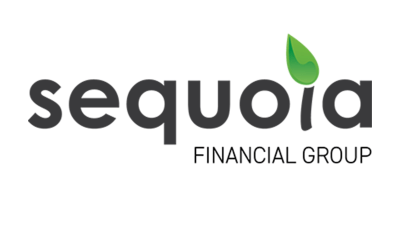Industry largely welcomes ASIC fee model
The financial services sector has broadly welcomed today’s release by theAustralian Securities and Investment Commission(ASIC) of a modelling template for fee disclosure.
TheInvestment and Financial Services Association(IFSA) is supportive of the fee modelling and says it will be urging members to “consumer test” the new template.
IFSA chief executive officer, Richard Gilbert says his organisation will endorse the use of the fee disclosure template by its members in their product disclosure statements (PDS).
“We will develop an industry guidance note to explain how the template works and to provide consistent interpretations,” Gilbert says.
The template aims to provide consumers with commonly used terminology, standardised descriptions, the listing of particular fee purposes, improved disclosure of adviser remuneration arrangements and better transparency of fees.
ASIC is urging financial services groups to consider using the tool in the discrete fees section of their PDSs for products issued on or after 11 March 2004.
The ASIC fees model recommends the use of a “significant fees table” which discloses “all significant fees in an easy-to-understand, comparable format” that describes what fees are for, the amount of the fees and how and when the fees are charged.
“IFSA strongly supports ASIC’s efforts to build on disclosure requirements included in the Financial Services Reforms by assisting all sectors of the industry to achieve a clearer and more consistent fee disclosure,” Gilbert says.
“Consumers will, for the first time, be able to compare fees, charges and associated services for all managed investment and superannuation products.”
TheAssociation of Superannuation Funds Australia(ASFA) is calling for the establishment of a standardised approach after welcoming the ASIC fees model but saying it fell short of the bottom line.
ASFA chief executive, Philippa Smith says ASFA’s own surveys have clearly shown that consumers want a single bottom line.
In the absence of establishing this single bottom line Smith claims the ASIC model provides “a good basis for defining and describing fees but falls short of being an effective tool for consumers to compare funds”.
Financial Planning Association(FPA) chief executive, Ken Breakspear says the FPA is highly supportive of the framework provided by ASIC and its objective of achieving greater consistency.
“This represents a significant step forward in making it easier to explain fee structures,” Breakspear says.
On the question of establishing standardised fee structures and designs, Breakspear says the ASIC model represents a good compromise for something that needs to be approached in a progressive manner.
Recommended for you
Centrepoint Alliance has overtaken Count as the second largest AFSL with more advisers in the pipeline and strong EBITDA growth predictions for FY2026.
ASIC has released an update to its regulatory guidance on managing conflicts of interest for financial services businesses on the back of its primate markets surveillance.
Sequoia Financial Group has flagged a series of non-cash impairments for the first half of FY26, citing exposure to Shield and First Guardian and provisions for potential professional indemnity insurance claims.
The Australian Wealth Advisors Group has completed two strategic investments, doubling its number of authorised representatives and increasing its FUMA by more than $1 million.










